Following on from this answer to a previous question from a while back, I want to add a new lamp (with its own button/switch).
The new lamp should be controlled separately (i.e. not controlled or affected by the timer).
When activated, the new lamp should emit a single flash.
Triggering the flash should interrupt/reset/disable the timer (if it's active), killing the lights.
The idea is to mimic the behaviour of a (photo) flash with auxiliary lighting that automatically cuts out when the flash fires. In reality flash lamps are usually high voltage xenon tubes. But for now I'm more interested in the switching, and the rest of the circuit so I'll just be using a regular incandescent bulb to demonstrate the concept.


